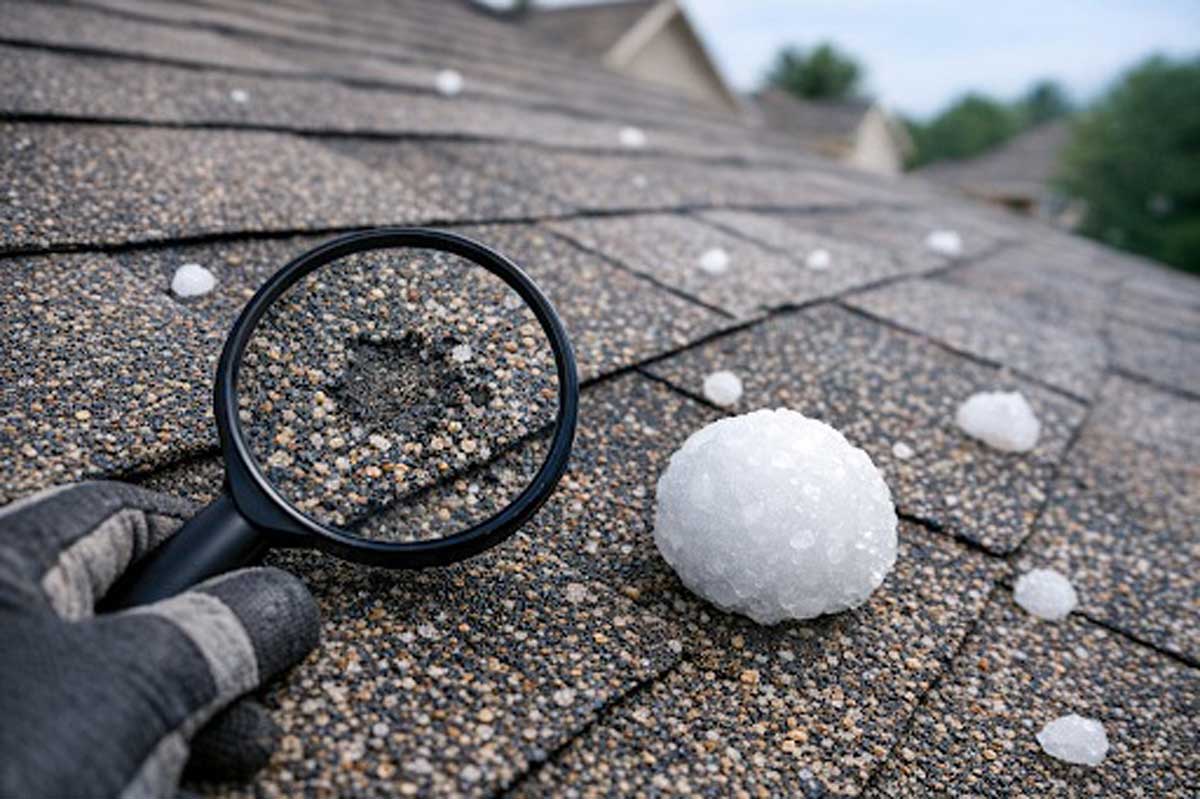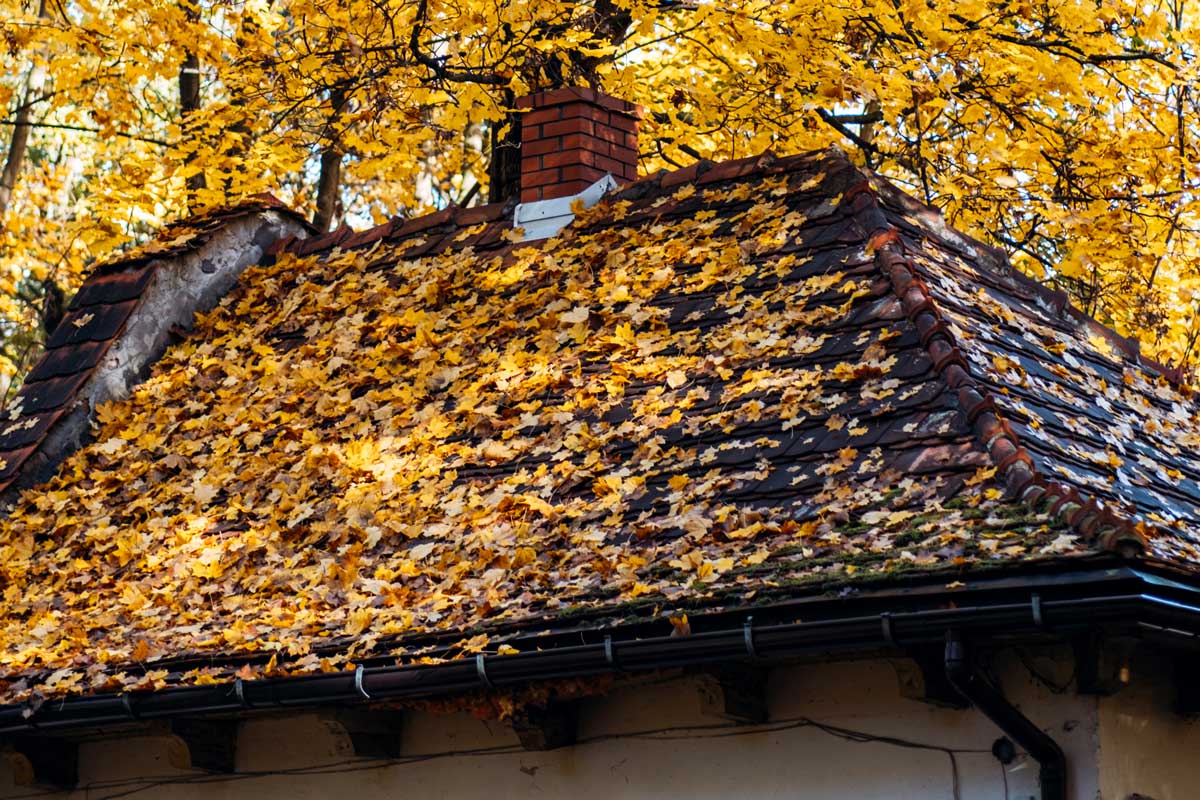Roofer Safety is a priority.
We can prevent most accidents with careful planning and attention to safety protocols. The place to We can start is with proper training and knowing how to use roofing equipment safely.
Proper Training and Safe Use of Equipment
Safety training and follow-up training to refresh even the most seasoned roofers are essential to keeping everyone on the job site safe. But This is just the start of a roofing company’s safety program. OSHA requires fall protection training for anyone who is at risk of falling. Roofers definitely “fall” into that category. Roofers also learn how to use and maintain safety equipment.
They also learn how to safely use any other equipment they will need on the job, such as:
- Roofing Nail Guns
- Scoop Shovel
- Roofing Hammer or Hatchet
- Hammer Tacker Stapler
- Roofing Blade or Utility Knife
- Air Compressor
- Roofing Shovel or Shingle Tear-Off Tool
- Truck
- Magnetic Sweeper
- Roof Brackets or Toe Boards
- Steel Toed Roofing Shoes or Boots (with soft Soles)
- Safety Harness and other PPE
- Hard Hats
- Ladder Hoist, Ladders, and Extension Ladders
- Cordless, Electric, and Air Drills
- Reciprocating and Circular Saws
- Tin Snips
- Pry Bar
- And more
Planning and Preparation
From the time they get to the job site, a good roofer is looking for any potential safety issues they should be aware of on the roof and the ground? Roofers are trained to inspect and maintain a job site to maximize safety. Any high-risk areas such as the perimeter around where a worker will be on the roof’s edge should be flagged-off. Other precautions such as a PFAS (personal fall arrest system) or a fellow crew member keeping watch over them will help protect the roofer.
Despite the best-laid plans, things can change. The weather might change; the number of crew members may change because someone has called in sick. Anything can come up requiring the safety plan to be reevaluated.
Fatal Falls
According to OSHA, one in five worker deaths in 2019 was in the Construction industry. Falls accounted for one-third of those deaths and three-fourths of all fatalities in the roofing industry. And there are countless serious injuries.
Safety harnesses, always being aware of risk potential and what is happening around them, and complying with OSHA safety regulations have done a lot to keep that number from being even greater.
Other Safety Hazards on the roof
Wherever there is electricity, there is the possibility of electrocution. The roof is no exception. Overhead powerlines, exposed wiring, and even lightning strikes pose a real danger to anyone on a roof. All too often, these high voltage situations lead to death.
Death isn’t the only devastating result roofers need to worry about. There are also many ways they can get injured. Hot tar is one of them. When it hits the skin, it cools and solidifies, leaving the roofer with severe burns. These can even lead to hospitalization. Safety protocols such as keeping the roof clear so that anyone walking with hot tar doesn’t trip is an excellent start. Employers should provide mop carts with wheels so that workers don’t need to carry them.
Experience Makes a Difference
Much of roofer safety is having experience on the roof. It not only results in a better-finished product, but it also means there is less chance of an accident. That’s why you never want to go up on a roof yourself. For inspections, repairs, and new roofs, call someone with a solid reputation and safety record. Contact us today.




